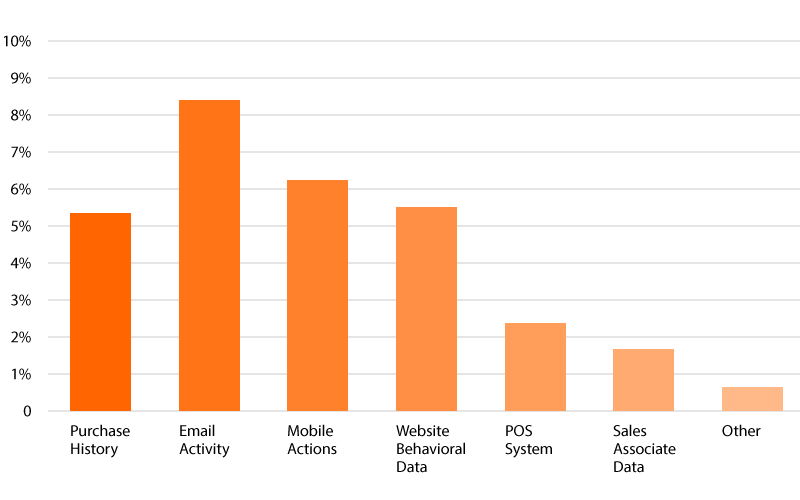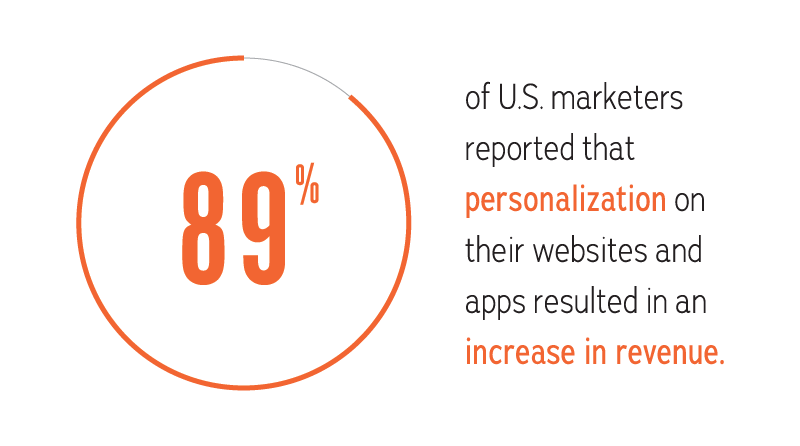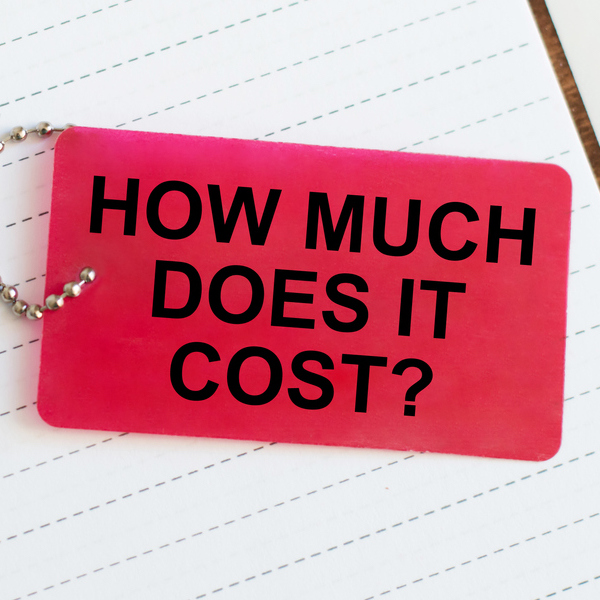In a previous blog, I mentioned website personalization as a key to engaging audiences and improving mobile experiences. What, precisely, is website personalization, and how can it help your business?
Rather than following a broad one-size-fits-all approach, website personalization creates and delivers customized content to meet user needs. This is not a new approach. Shop keepers get to know their regular customers, call them by names and know their likes and preferences—it’s what keeps them coming back. For companies to achieve the equivalent on their websites, they need to use digital technology and perform regular user research to deliver personalized experiences.
Persona Development
Creating personalization starts with getting to know your customers. You can’t generalize your audience’s needs and still provide a truly relevant user experience. User research needs to be conducted on a regular basis to segment your users into key groups sharing similar needs and backgrounds, known as personas. The purpose of creating these personas is to have reliable and realistic representations of your key audience segments for reference. According to usability.gov, effective personas:
• Represent a major user group for your website
• Express and focus on the major needs and expectations of the most important user groups
• Give a clear picture of the user’s expectations and how they’re likely to use the site
• Aid in uncovering universal features and functionality
• Describe real people with backgrounds, goals, and values
• Help formulate decisions surrounding site components by adding a layer of real-world consideration to the conversation
• Offer a quick and inexpensive way to test and prioritize features throughout the development process
Buyer’s Journey
Modern marketers coined the term Buyer’s Journey referring to the progression of consumers, from research to final decision, that culminates in a purchase.
It’s a three-stage process:
1. Awareness Stage: The buyer realizes they have a problem.
2. Consideration Stage: The buyer defines their problem and researches
3. Decision Stage: The buyer chooses a solution.
The graphic below from HubSpot, illustrates a sample buyer’s journey for the simple purchasing decision of a doctor visit during an illness.

Personalized Experiences
After personas and their buyer’s journey have been determined, a company can tailor site architecture, landing pages, and on-site navigational cues that deliver relevant content and rich on-site experiences specific to each stage of that journey. An important part of your digital marketing strategy is to be omni-channel, allowing prospects to choose the right channel for them at the right time; a website alone will not sell product or drive leads.
Monetate’s 2017 Personalization Development Study reports that organizations across all levels of maturity use an array of different data sources to personalize communications. Few are fully integrating offline and online data insights today, a reflection of the challenges that still exist when integrating data sources.

(Source: Monetate’s 2017 Personalization Development Study)
Personas and buyer’s journeys help set the framework, but companies need to continue to mine analytics and digital tools to help deliver real time relevance. Retailers can provide targeted offers to online shoppers based on browsing behavior. Travel websites can offer promotions based on the current weather or season. Restaurant and coffee shops can highlight stores near a user based on their location.
Implementation Challenges
Despite the tremendous value it can bring, personalization is complicated—gathering buyer insights, data integration, and connecting systems is indeed hard work. Again, Monetate’s 2017 Personalization Development Study shows how companies can take a phased approach in their personalization strategy, making it less daunting to implement.

(Source: Monetate’s 2017 Personalization Development Study)
The findings are unanimous: personalization is important
Consumer expectations have shifted: they now expect a personal digital experience to be comparable to offline experiences. Many business and technology leaders name personalization as a top commerce technology investment priority. Personalization increases loyalty, drives higher conversions, and grows revenue. Google reports that eighty-nine percent of U.S. marketers reported that personalization on their websites or apps resulted in an increase in revenue. According to BCG, “brands that create personalized experiences by integrating advanced digital technologies and proprietary data for customers are seeing revenue increase by 6% to 10%—two to three times faster than those that don’t. As a result, personalization leaders stand to capture a disproportionate share of category profits in the new age of individualized brands while slow movers will lose customers, share, and profits.”

Personalization offers companies the ability to engage with consumers individually and to build lasting relationships. Advances in data and technology are already making this possible, and will only improve over time. Take advantage of personalizing your online branded experience to better engage with your customers, so that when they are ready to purchase, you are top of mind. Learn to make your own personas with our free e-book here!






